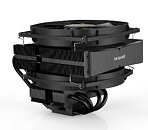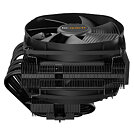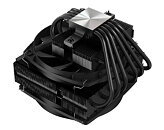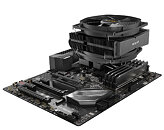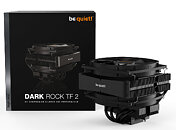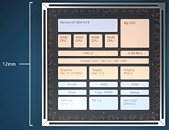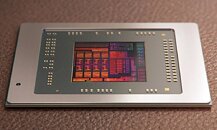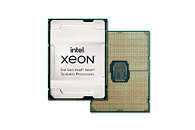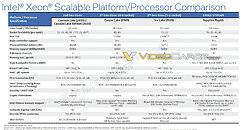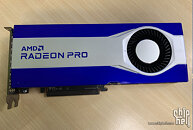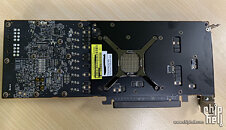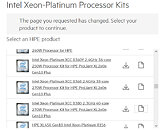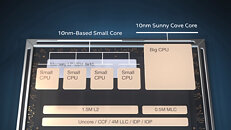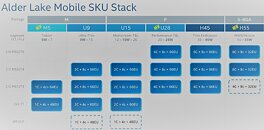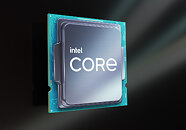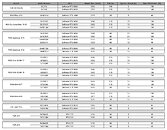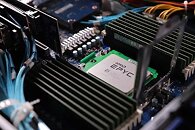
AMD Clarifies Ryzen 7000 "Zen 4" TDP and Power Limits: 170W TDP, 230W PPT
The mention of "170 W" in one of the slides of AMD's Computex 2022 reveal of the upcoming Ryzen 7000 "Zen 4" desktop processors, caused quite some confusion as to what that figure meant. AMD issued a structured clarification on the matter, laying to rest the terminology associated with it. Apparently, there will be certain SKUs of Socket AM5 processors with TDP of 170 W. This would be the same classical definition of TDP that AMD has been consistently using. The package-power tracking (PPT), a figure that translates as power limit for the socket, is 230 W.
This does not necessarily mean that there will be a Ryzen 7000-series SKU with 170 W TDP. AMD plans to give AM5 a similar life-cycle to AM4, which is now spanning five generations of Ryzen processors, and the 170 W TDP and 230 W PPT figures only denote design goals for the socket. AMD, in a statement, explained why it needed to make AM5 capable of delivering much higher power than AM4 could—to enable higher CPU core-counts in the future, more on-package hardware, and for new capabilities like power-hungry instruction-sets (think AVX-512). AMD has been calculating PPT as 1.35 times TDP, since the very first generation of Ryzen chips. For a 105 W TDP processor, this means 140 W PPT, and the same formula continues with Ryzen 7000 series (230 W is 1.35x 170 W).The AMD statement follows.
This does not necessarily mean that there will be a Ryzen 7000-series SKU with 170 W TDP. AMD plans to give AM5 a similar life-cycle to AM4, which is now spanning five generations of Ryzen processors, and the 170 W TDP and 230 W PPT figures only denote design goals for the socket. AMD, in a statement, explained why it needed to make AM5 capable of delivering much higher power than AM4 could—to enable higher CPU core-counts in the future, more on-package hardware, and for new capabilities like power-hungry instruction-sets (think AVX-512). AMD has been calculating PPT as 1.35 times TDP, since the very first generation of Ryzen chips. For a 105 W TDP processor, this means 140 W PPT, and the same formula continues with Ryzen 7000 series (230 W is 1.35x 170 W).The AMD statement follows.

























